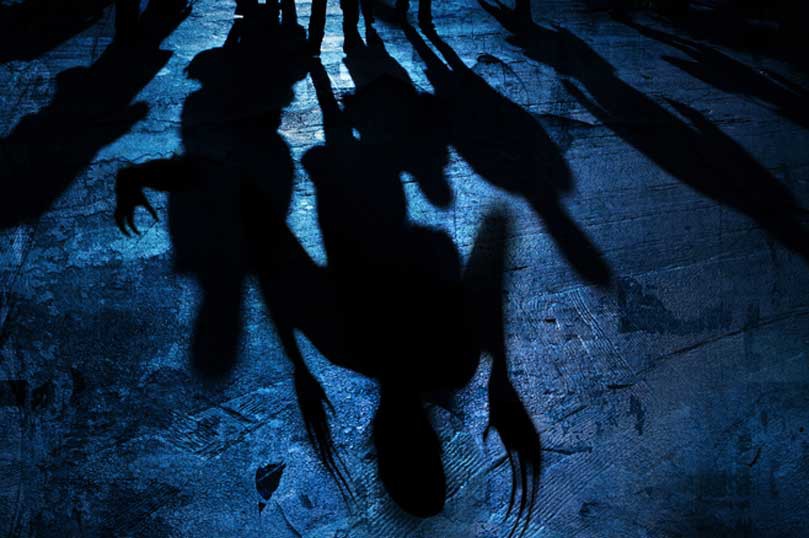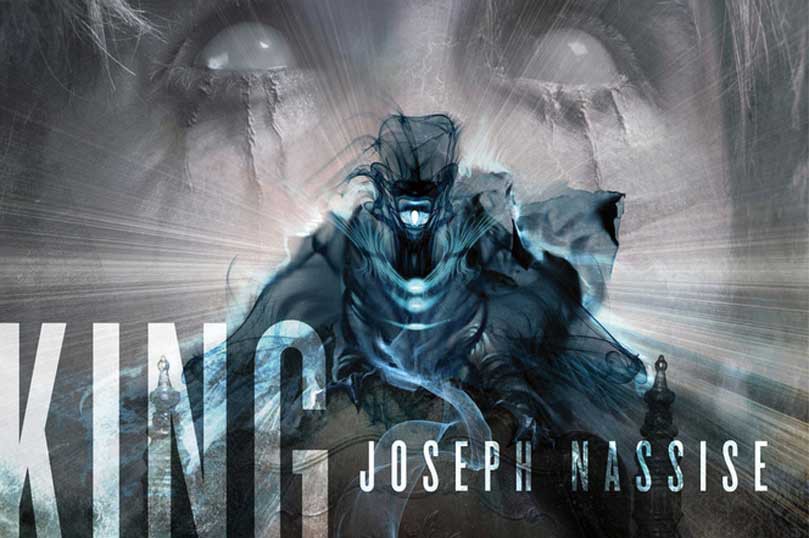
At Last, the Night Has a Hero
Celebrate Barker’s Nightbreed with Midian UnMade editor Joself Nassise. At last, the night has a hero.

Celebrate Barker’s Nightbreed with Midian UnMade editor Joself Nassise. At last, the night has a hero.

New releases from Fran Wilde, Cindy Dees, Bill Flippin, and more!

It’s time for Phoenix ComicCon! We have authors on a bunch of exciting panels this year, plus our own Director of Publicity Patty Garcia will tell you all about some of the books we love this year in the Totally Tor! panel on Thursday. Here’s the lineup: Wednesday, June 1 The Poisoned Pen, Scottsdale, AZ 7:00…

Celebrate Barker’s Nightbreed with Midian UnMade editor Joself Nassise. At last, the night has a hero.
Tor/Forge authors are on the road in August! Once a month, we’re collecting info about all of our upcoming author events. Check and see who’ll be coming to a city near you: Mindee Arnett, The Nightmare Charade Tuesday, August 11 Joseph-Beth Booksellers Cincinnati, OH 7:00 PM Wednesday, August 12 Books & Co Beavercreek, OH 7:00…
#TorChat November 2012 Sweepstakes Did you participate in today’s #TorChat? We hope you enjoyed it and look forward to your participation in next month’s chat on December 19th! In the meantime, here’s your chance to win some amazing books! Two lucky winners will receive copies of River Road, The Rise of Ransom City, and King…
November #TorChat Lineup Revealed This month, #TorChat focuses on the importance of setting, from real world places to imaginary spaces. Joining us on November 14th from 4 to 5 PM EST are Suzanne Johnson, Felix Gilman, and Joseph Nassise, to talk about the richly developed worlds they’ve populated in their books! Tor Books (@torbooks) is…

The Care and Feeding of a Villain Written by Joseph Nassise I’ve always been fascinated with the concept of psychopomps; those creatures, spirits, or deities that show up in many myths and religions, whose responsibility is to escort newly deceased souls to the afterlife, and while looking for a villain for the sequel to Eyes…
Ghost Collection Sweepstakes Sign up for the Tor/Forge Newsletter for a chance to win the following collection: About our newsletter: Every issue of Tor’s monthly email newsletter features original writing by, and interviews with, Tor authors and editors about upcoming new titles from all Tor and Forge imprints. In addition, we occasionally send out “special…
Tor/Forge Blog Tor Books is heading to San Diego Comic-Con! We hope to see many of you there. Stop by Booth #2707 to say hi or to participate in one of our many events and signings. But for those of you who couldn’t make it out to California, we wanted to offer you the chance…